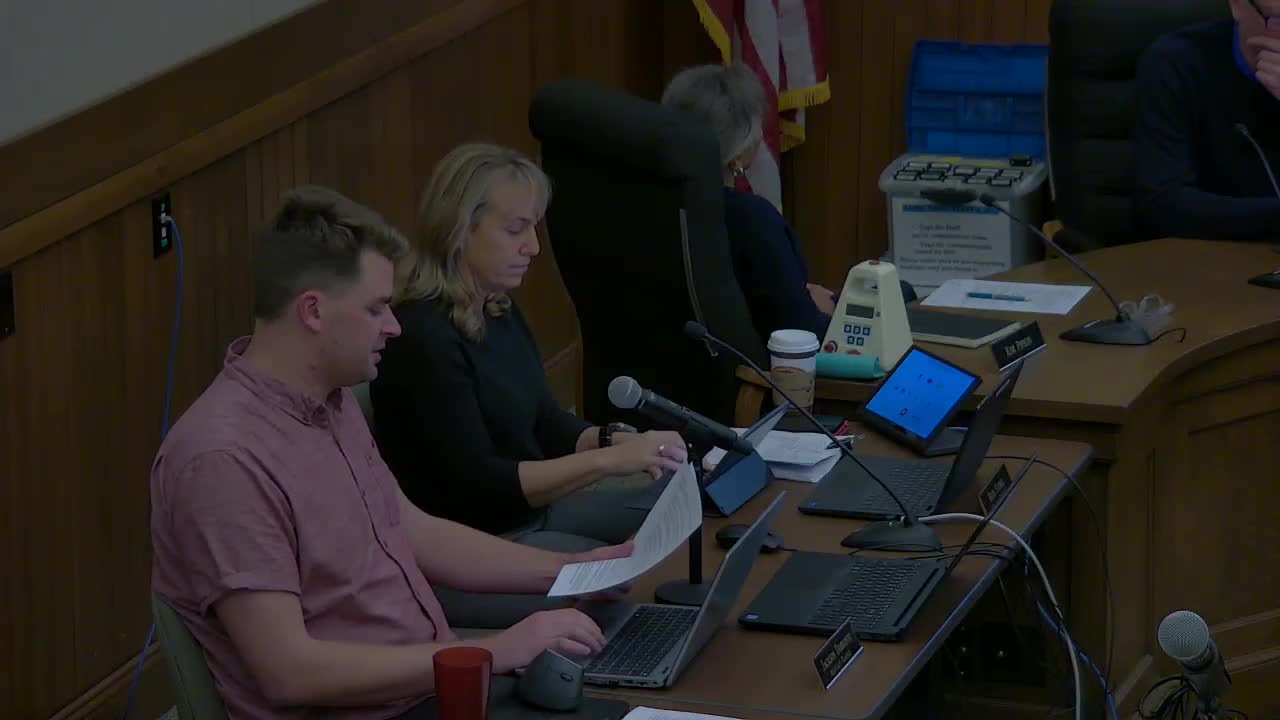Commission approves revisions for Marin County residential project despite tree removal concerns
December 02, 2024 | San Anselmo Town, Marin County, California
This article was created by AI summarizing key points discussed. AI makes mistakes, so for full details and context, please refer to the video of the full meeting. Please report any errors so we can fix them. Report an error »

The San Anselmo Planning Commission meeting on December 2, 2024, focused on a significant residential project that has undergone substantial revisions since its initial proposal. The commission approved a motion to continue the project for further review, reflecting ongoing concerns about its integration with the surrounding landscape and topography.
Key changes to the project include a redesign of the retaining walls, which were previously a contentious issue. The applicant has now proposed a segmented retaining wall system, reducing the height from over 15 feet to a maximum of 9 feet 3 inches. This new design features a stepped-back upper wall with a planter box in between, aimed at softening the visual impact and enhancing the overall aesthetics of the property.
The project also involves the construction of a two-story, 2,491 square foot single-family residence, which will include three bedrooms and an attached two-car garage. Notably, the updated plans include a weathered cliffs beige exterior and various landscaping elements, such as new planter boxes and decorative cladding, to improve the building's integration into its natural surroundings.
However, the project requires the removal of 43 heritage trees, which has raised environmental concerns. The applicant clarified that the removal is necessary for compliance with fire safety regulations set by the Ross Valley Fire Department. Importantly, the department indicated that replacement of these trees may not be required due to their classification as nuisance species and the dense foliage in the area.
The commission's discussions highlighted the need for further evaluation of the project's impact on the environment and its compatibility with neighboring properties. As the project moves forward, the commission will continue to assess the balance between development needs and environmental stewardship, with a focus on ensuring that the final design aligns with community standards and safety requirements.
Key changes to the project include a redesign of the retaining walls, which were previously a contentious issue. The applicant has now proposed a segmented retaining wall system, reducing the height from over 15 feet to a maximum of 9 feet 3 inches. This new design features a stepped-back upper wall with a planter box in between, aimed at softening the visual impact and enhancing the overall aesthetics of the property.
The project also involves the construction of a two-story, 2,491 square foot single-family residence, which will include three bedrooms and an attached two-car garage. Notably, the updated plans include a weathered cliffs beige exterior and various landscaping elements, such as new planter boxes and decorative cladding, to improve the building's integration into its natural surroundings.
However, the project requires the removal of 43 heritage trees, which has raised environmental concerns. The applicant clarified that the removal is necessary for compliance with fire safety regulations set by the Ross Valley Fire Department. Importantly, the department indicated that replacement of these trees may not be required due to their classification as nuisance species and the dense foliage in the area.
The commission's discussions highlighted the need for further evaluation of the project's impact on the environment and its compatibility with neighboring properties. As the project moves forward, the commission will continue to assess the balance between development needs and environmental stewardship, with a focus on ensuring that the final design aligns with community standards and safety requirements.
View full meeting
This article is based on a recent meeting—watch the full video and explore the complete transcript for deeper insights into the discussion.
View full meeting
